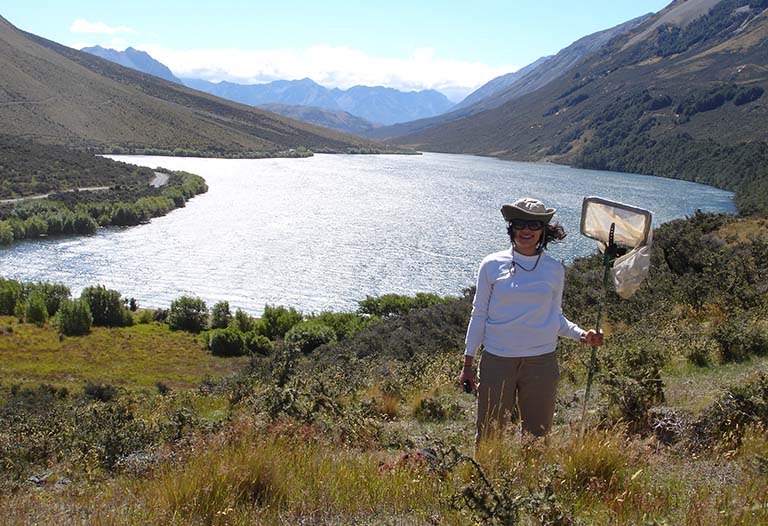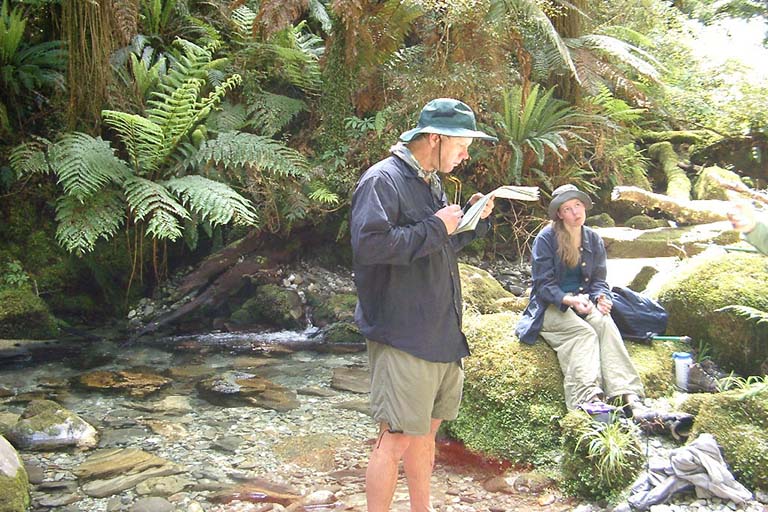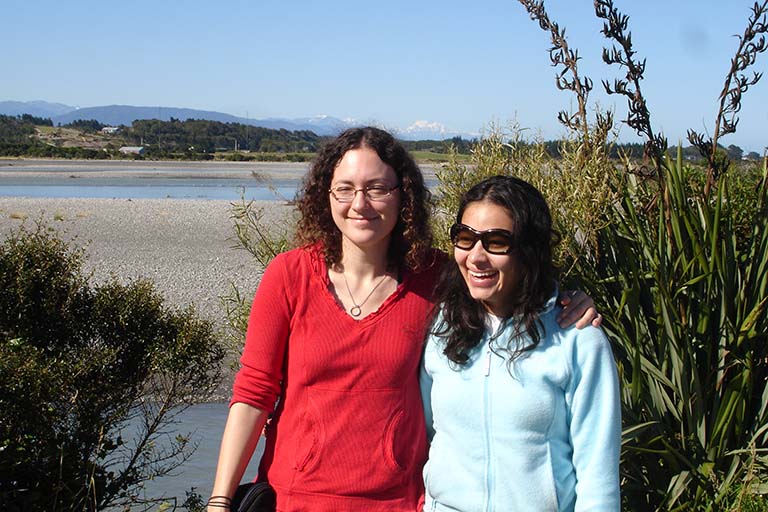Lab
Biology Bldg. 116/117
Lively lab website
Awards
- Elected Fellow of American Academy of Arts and Sciences, 2023
- Indiana University Trustees' Award for Outstanding Teaching, 2011
- Elected Honorary Fellow of the Royal Society of New Zealand (HON FRSNZ), 2007
- Indiana University Trustees' Award for Outstanding Teaching, 2002
- Senior Class Award for Teaching Excellence and Dedication to Undergraduates, 2002 and 2000
- Teaching Excellence Recognition Award, 2000, 1999, and 1997
- Election to FACET (faculty colloquium on excellence in teaching), 1996
- Outstanding Young Faculty Award from Indiana University, 1993
- Mercer Award, from the Ecological Society of America, 1987
Research
Why do so many organisms have two sexual morphs: male and female? And why do the females cross-fertilize instead of producing clonal offspring? Assuming no concomitant reduction in fecundity, an asexual female would produce twice as many daughters (and four times as many grand-daughters) as the average sexual female; and unchecked, the resulting clone would quickly replace the sexual females and males in the population. Our approach has been to study species that have both sexual and asexual females, so that there is a firm basis for comparison between the two reproductive strategies. Sexual reproduction in one such species, a freshwater New Zealand snail, is correlated with the incidence of infection by parasitic trematodes, which is consistent with the idea that the production of variable, cross-fertilized progeny is favored in populations where there is a high risk of infection (The Red Queen hypothesis). We are presently involved in more detailed genetic and ecological studies of this snail in populations where sexual and asexual females coexist. I am also interested in the evolution of parasite virulence, and the evolution of phenotypic plasticity. Specific details can be found at my lab website.







 The College of Arts
The College of Arts